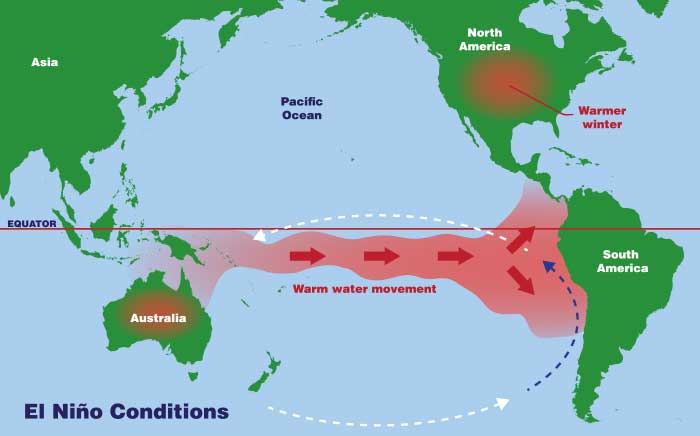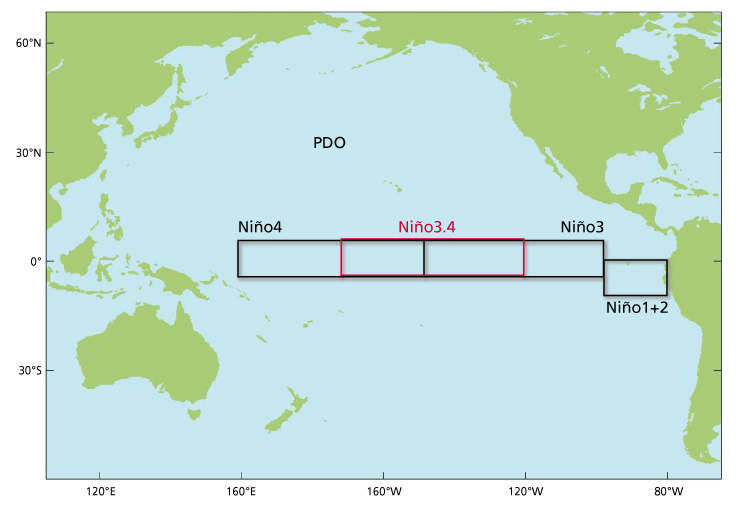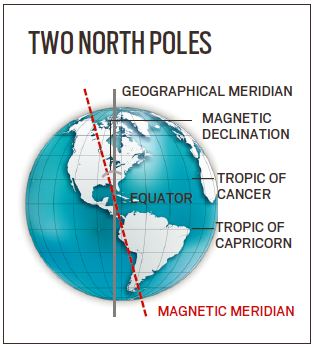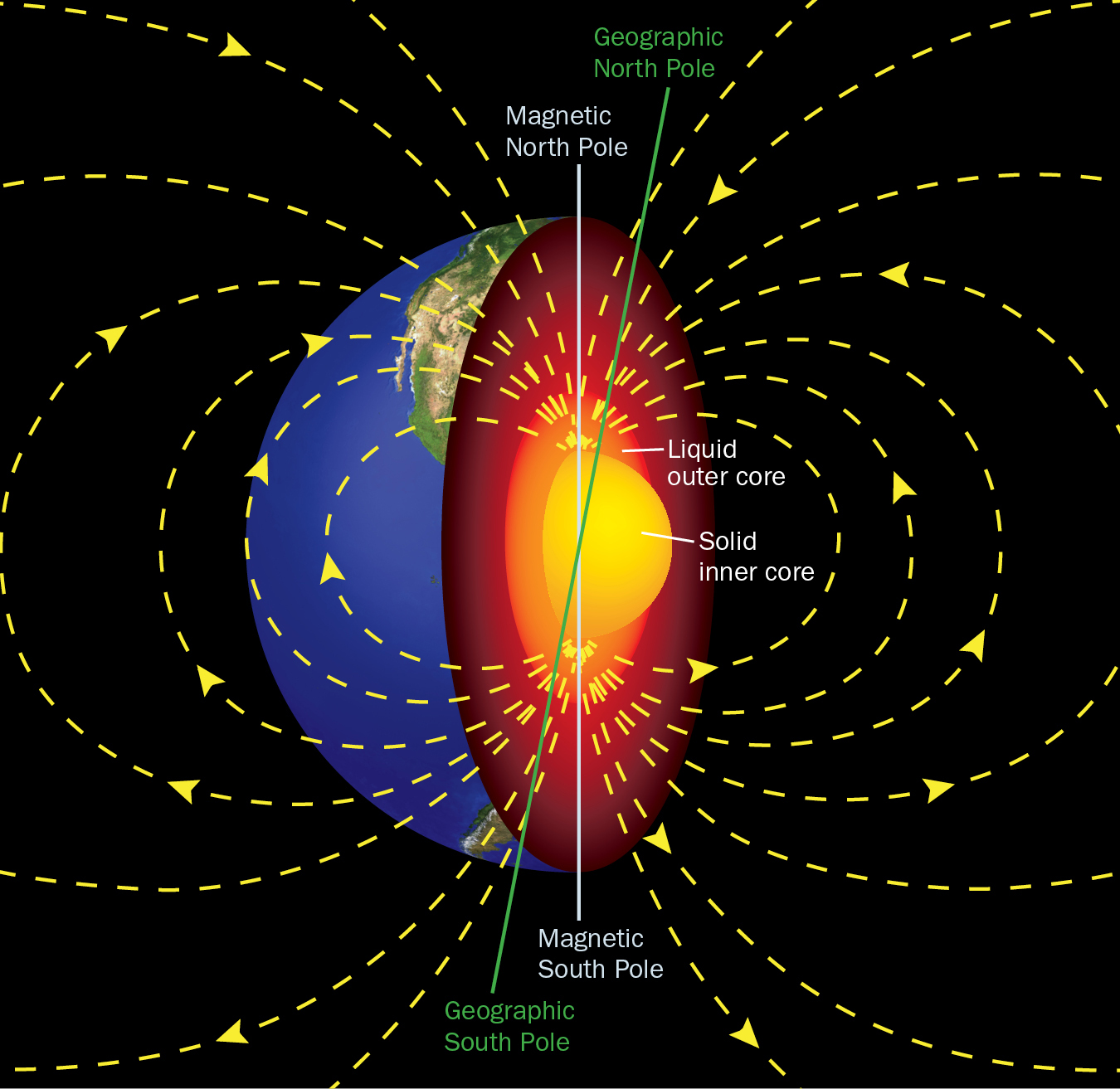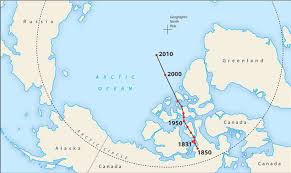GLOBAL CONCENTRATION OF
ATMOSPHERE CO2
ATMOSPHERE CO2
Why in news?
On May 11, 2019 global concentration of carbon dioxide in the atmosphere was measured to have crossed the 415 parts per million (ppm) mark for the first time.
What are the recent observations?
- The levels are as measured from Mauna Loa observatory in Hawaii.
- On every subsequent day from May 11, the daily average atmospheric concentration of CO2 has remained over that level.
- The rapidly rising concentration is one of the key indicators of the manner in which the planet has been warming up.
- The higher the concentration of CO2, the greater the greenhouse gas (GHG) effect that causes the Earth’s atmosphere to heat up.
How has CO2 concentration been?
- For several thousand years, the carbon dioxide concentration remained constant at around 270-280 ppm.
- The industrial revolution started to slowly push this level up.
- When direct measurements began at the Mauna Loa observatory in 1958, concentrations were around 315 ppm.
- It took nearly 50 years for it to reach 380 ppm, a mark first breached in 2004, but thereafter the growth has been rapid.
- Currently, the carbon dioxide concentration is growing at more than 2 ppm per year.
- Scientists say the growth rate is likely to reach 3 ppm a year from this year.
How is the emission scenario?
- The increase in CO2 concentrations in atmosphere is caused by the emissions, mostly from man-made processes.
- However, in recent years, the growth in global carbon dioxide emissions has slowed down considerably.
- It remained almost flat between 2014 and 2016, and increased by 1.6% in 2017 and about 2.7% in 2018.
What raises the CO2 concentrations then?
- The rapid rise in the atmospheric concentrations is due to the fact that C02 has a very long lifespan in the atmosphere, 100 to 300 years.
- So, even if the emissions were to reduce to zero all of a sudden, it would have no impact on the atmospheric concentrations in the near term.
- About half of emitted carbon dioxide is absorbed by plants and oceans, leaving the other half to go into the atmosphere.
- An addition of about 7.5 billion tonnes carbon dioxide to the atmosphere leads to a 1 ppm rise in its atmospheric concentration.
- In 2018, the global emission of carbon dioxide was estimated at 37.2 billion tonnes (about 18.6 billion tonnes after absorption).
- The absorption of carbon dioxide by plants too follows a predictable seasonal variability.
- Plants absorb more carbon dioxide during the summer.
- So a lower amount of carbon dioxide is added to the atmosphere in the summer months of the northern hemisphere.
- This variability is reflected in the very rhythmic seasonal fluctuation of atmospheric concentration of carbon dioxide.
How does it affect the temperature?
- The global community's effort is to keep the rise in average surface temperatures below 2ºC higher than during pre-industrial times.
- The carbon dioxide concentration level corresponding to a 2ºC rise in global temperatures is generally understood to be 450 ppm.
- At current rates of growth, that level would be reached in less than 12 years i.e. by 2030.
- Until a few years ago, it used to be understood that this milestone would not be reached till at least 2035.
What lies ahead?
- A recent Intergovernmental Panel on Climate Change report called for a net zero emissions of all GHGs by 2075 to attain the 2ºC target (by 2050 for the ambitious 1.5ºC target).
- Net zero is achieved when the total emissions is neutralised by absorption of carbon dioxide.
- This is done through natural sinks like forests, or removal of carbon dioxide from the atmosphere through technological interventions.









